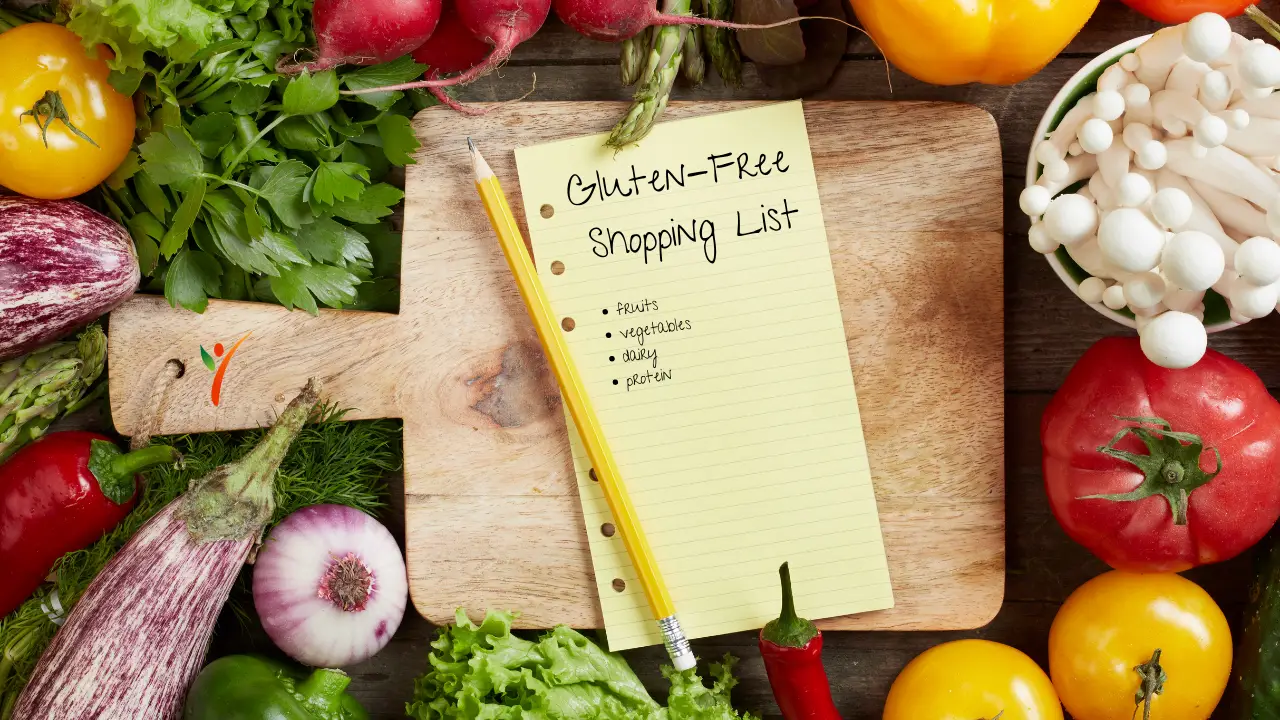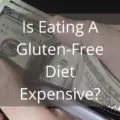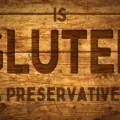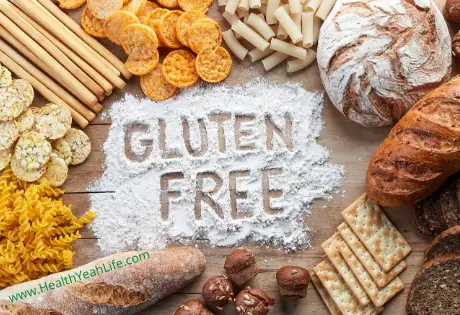You must have heard of the Paleo diet, low carb diet, or the vegan diet. But do you know about the gluten-free diet? Usually, people take diets of their own will, but some have no choice, and the gluten-free diet is one of those diets.
You are probably familiar with gluten; it is a protein found in wheat, barley, and rye.
Some people suffer from a disease like celiac disease. In layman's terms, the stomach is gluten intolerant. Several conditions compel people to leave gluten as well as other foods. It is healthy to go gluten-free, but going completely gluten-free robs some crucial nutrients.
Leaving gluten per se is not an easy decision to make. Many ingredients contain gluten that one uses daily. e.g., wheat, bread, durum are everyone's favorite food items, and they all contain gluten.
Going on a gluten-free diet is like changing eating habits completely. It might be very tricky initially, so here is an article to make things a little easy for you by providing gluten-free essentials and a gluten-free shopping list.
Here we will tell you about the various food items that are readily available and gluten-free. We have a list of products, so you are prepared to do your grocery shopping.
You can either try to buy items that are labeled gluten-free items and spend a significant chunk on just grocery shopping. Or you can be smart and look for naturally gluten-free items and save money. So without wasting any more time, let's jump to the fundamentals of gluten-free food.

The Fundamentals Of A Gluten-Free Essentials Shopping List
The first step to take before going ultimately gluten-free is to educate yourself. If you have celiac disease that doesn't allow you to eat gluten, it starts with enhancing your medical knowledge.
Therefore, if you choose to go gluten-free, then study the ingredients containing gluten and make a gluten-free essentials shopping list.
If you are going gluten-free as a choice, things are a little bit easier for you than those who have no options whatsoever. Initially, it looks simple to go gluten-free; one thinks we need to buy gluten-free labeled food, and that is it. (We wish it were that easy).
It isn't that easy as some food items naturally don't have gluten, but after processing, when the flavors and stabilizers mix, they become gluten products.
And things get trickier here as the manufacturer doesn't mention gluten in the list of the main ingredients.

The Gluten-Free Shopping List
Cross Contamination: Have you noticed a doctor changing his gloves every time he examines a patient?
The logic behind this is the bacteria of one patient that might have gotten on the gloves should not transfer to another patient.
The same can happen here, the food might not have gluten, but it may have come in contact with that equipment that processed gluten food. It is a rare chance to occur but still an absolute possibility.
Here is a list of food items to help you with your gluten-free essentials shopping list:
Whole Grains
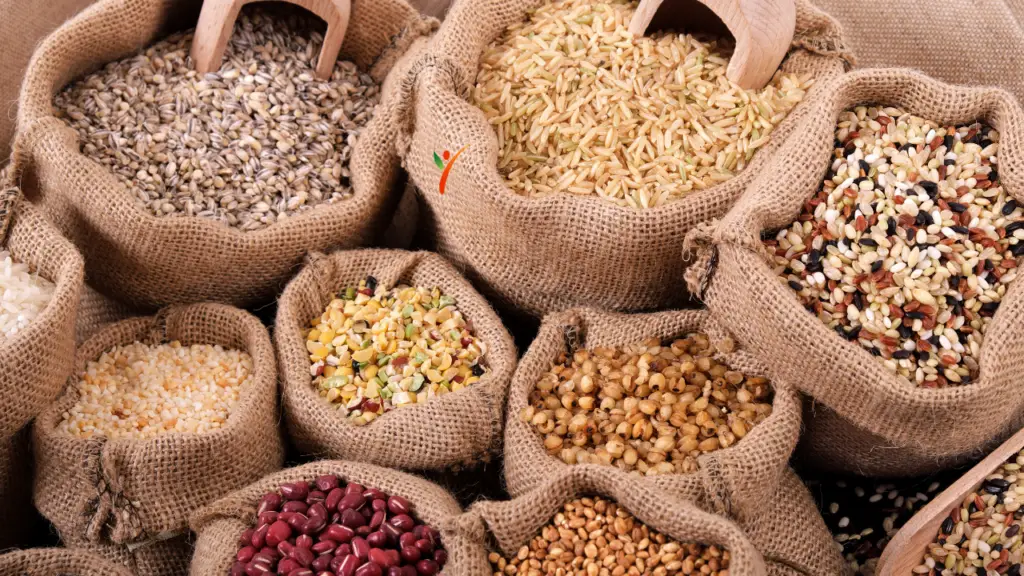
Few whole grains have an abundance of gluten, whereas the rest have no amount of gluten whatsoever.
You can't remember each grain's name, so remember to check the ingredients while buying the whole grains products in cross-contamination information.
Let us take another example to clear things, oats often go through factory processing the same factories that process wheat, and it is common for both to be cross-contaminated.
Gluten-Free Whole Grains:
- Wild rice
- Amaranth
- Sorghum
- Quinoa
- Buckwheat
- Amar
- Tapioca
- Millet
- Oats (gluten-free)
These grains are gluten-free essentials for baking bread, pasta, and other popular baked and snack foods.
Grains To Avoid:
- Wheat (avoid varieties of wheat like durum, spelled, farina, bulgur, etc.)
- Rye
- Barley
- Triticale
Fruits And Vegetables
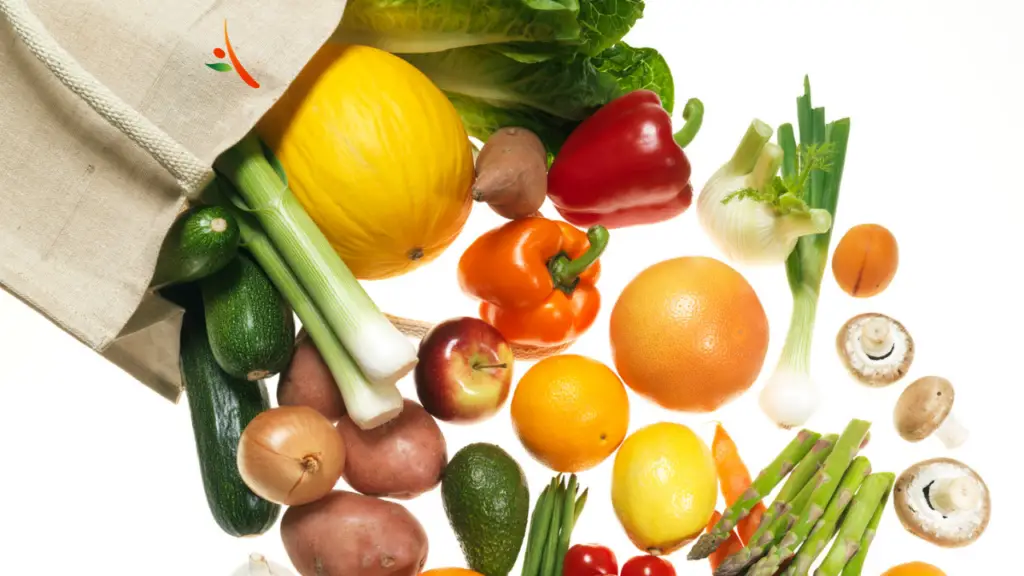
Remember, our forefathers use to remind us always to eat vegetables and fruits, and if you are going gluten-free, you'll have to switch back to good old ways. Fruits and vegetables are naturally gluten-free, so that you can eat all of them. But some processed fruits might have some gluten content, like modified food starch or maltodextrin.
As all fruits and vegetables are naturally gluten-free, there is no sense providing a list, but then here are a few high nutritious values.
- Apples
- Berries
- Radishes
- Cruciferous Vegetables
- Peaches
- Bananas
- Onions
- Bell Peppers
- Citrus Fruits, Potatoes, Corn, As Well As Squash Carrots
- Carrots
- Pears
- Cauliflower And Broccoli
- Greens, Such As Spinach, Kale
- Swiss Chard
- Green Beans
Fruits And Vegetables To Double-Check
When we say natural fruits and vegetables, here are a few types that need to be avoided or to ensure they are gluten-free:
- Canned food: canned fruits might have some ingredients to preserve them for a longer time, but the elements that maintain them can contain gluten. But the canned vegetables that only contain water are gluten-free.
- Frozen items: sometimes, the frozen items have preservatives with gluten products.
- Dried Fruits: This is not per se gluten-free, and some might have come across gluten-containing items.
Proteins

Proteins are vital for one's body, and that is why here is a list of protein that one should include in the diet.
Gluten-Free Proteins
- Beans, Lentils, Peas
- Nuts
- Seeds
- Lamb, Bison
- Red Meat
- Fresh Chicken, Turkey
- Tofu, Tempeh
- Traditional Soy Foods
- Edamame
- Legumes
- Peanuts
Be very cautious of Some Proteins
- Processed meats like sausage, pepperoni, salami, lunchmeats, etc.
- Packed burgers as well as sandwiches
- Ground meats
- Ready to eat food (proteins).
Proteins To Avoid:
- Any meat or fish that has been covered or baked in bread.
- Proteins that include soy sauce, as soy sauce contains wheat.
Dairy Products
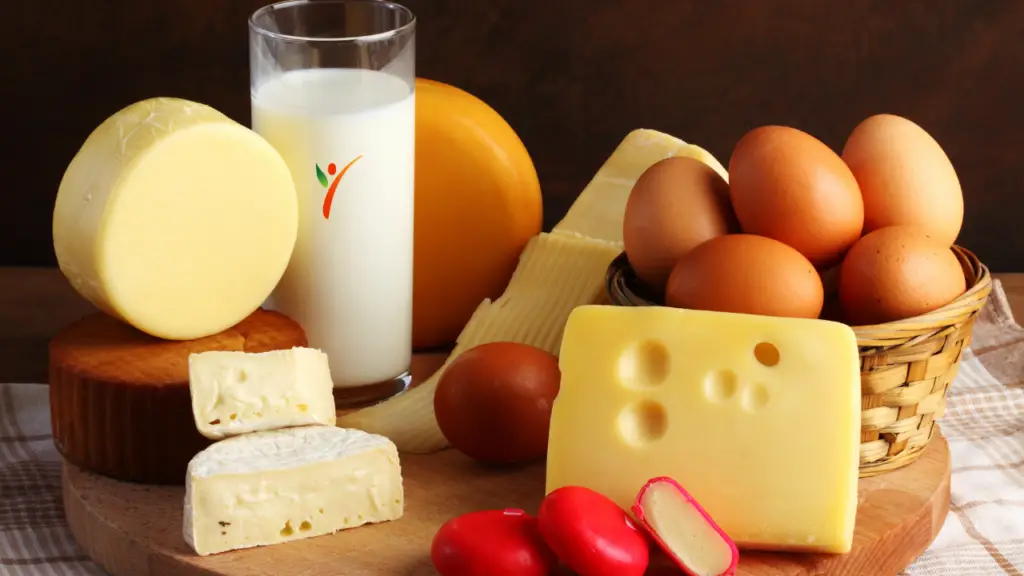
Most dairy products are naturally gluten-free. However, flavored items containing additives should always go through double-checking for gluten.
Some common gluten-containing ingredients added to dairy products include thickeners, malt, and modified food starch.
Dairy products are usually gluten-free, but some are flavored and contain preservatives that have gluten in them. Some preservatives in dairy products are malt, food starch, etc.
Here is a list of dairy products that are available to consume in one's diet chart:
Gluten-Free Dairy Products
- Milk
- Ghee
- Yogurt
- Cream
- Cheese
- Cottage cheese
These are few products that are high in protein, nutritional value, and gluten-free fiber.
Dairy Products To Be Careful With:
- Flavored Milk
- Flavored Yogurt
- Processed Cheese
- Cheese Spreads
- Ice Creams Mixed With Gluten-containing Preservatives.
One should avoid malted milk drinks because they have gluten-containing products in them.
Fats And Oils
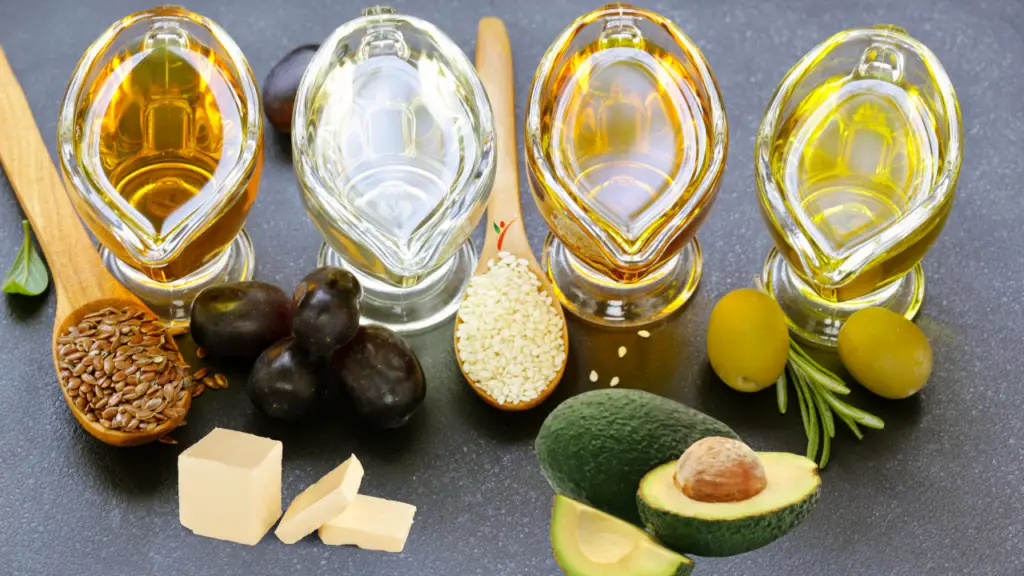
Naturally, like fruits and vegetables, fats and oils are gluten-free. But there are some fats and oils with gluten due to added artificial thickening and flavors.
Fats And Oil To Have:
- Coconut Oil
- Olives and Olive Oil
- Butter
- Ghee
- Avocados And Avocado Oil
Oils And Fats To Be Careful With:
- Cooking Sprays
- Oil With Flavored Spices
- Oil With Added Thickenings
- Processed oils such as canola, vegetable, and other seed oils
Beverages
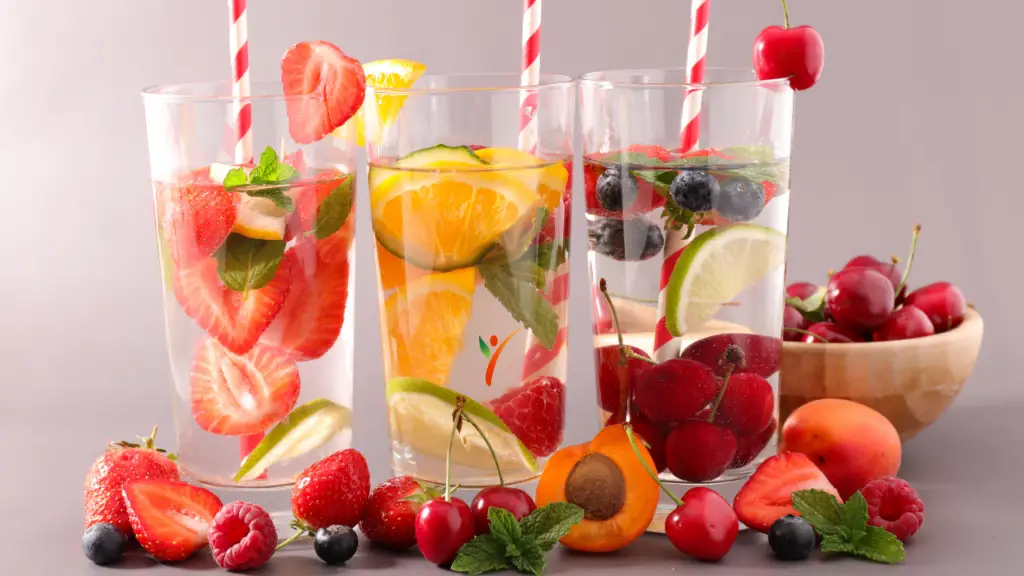
Gluten-free beverages can be somewhat tricky. One has to be careful as your favorite beverage might be the one that contains gluten.
Some alcoholic beverages contain malt, barley, and other gluten grains. So, one has to look at the ingredients while having an alcoholic beverage!
Beverages to go
- Water (flavored waters may contain gluten, so beware!)
- Lemonade
- Fruit juice (naturally made)
- Coffee and tea
- Alcoholic beverages (wine, vodka, tequila, but be cautious with beer that may contain gluten ingredients)
- Soda and energy drinks
Although these beverages are gluten-free, be mindful of any added sugars they have or that you add.
Beverages To Double-Check
- Any beverage with added flavorings or mix-ins, such as blended coffee
- Pre-made smoothies
- Beverage with added flavors or preservatives.
Beverages To Avoid
- Beer, Ales, As Well As Lagers Made from Gluten-Containing Grains
- Non-Distilled Liquors
- Other Malt Beverages, Such as Wine Coolers
Spices, Sauces, And Condiments
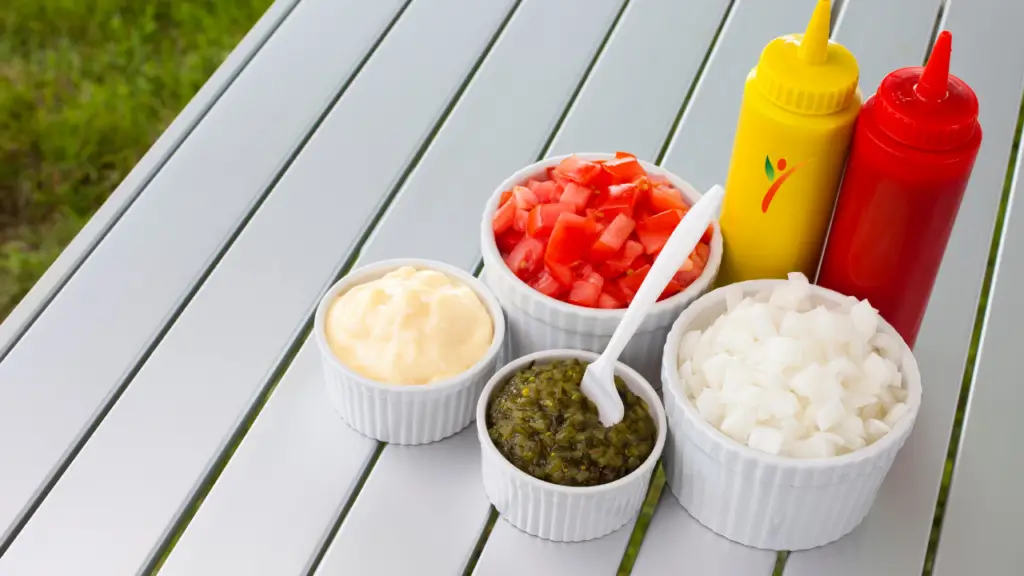
Some people might get confused that spices don't contain gluten, but that is not entirely true.
Many spices don't have gluten, but some might have stabilizers or flavor enhancers, especially in condiments and sauces. Some of the ingredients that have gluten in them are malt, wheat flour, food starch, etc.
Gluten-Free Products
- Tamari
- White Vinegar, Distilled Vinegar
- Coconut Aminos
Double-Check The Following Spices And Condiments
- Tomato Sauce
- Salsa
- Pasta Sauce
- Salad Dressing
- Stuffing Mixes
- Gravy Mixes
- Dry Spices
- Ketchup
- Mustard
- Relish
- pickles
- bouillon cubes
- stock cubes
- barbecue sauce
- marinades
Spices To Avoid
- Malt vinegar
- Wheat-based sauce
Conditions That Can Recover With A Gluten-Free Diet

A person who has celiac disease or those who suffer from gluten invoked food items should go gluten-free. Most people are lactose intolerant, but some are also gluten intolerant, which means their intestines are affected by gluten products.
And people who don't have celiac disease but are gluten intolerant should also avoid gluten.
Some people have symptoms like gas, diarrhea, upset stomach, and other health ailments.
Risks Of Going Gluten-Free
The point to consider here is not whether gluten has protein and nutritional value but about the food item that has gluten.
The food items with gluten are high in nutritious and fiber value. In contrast, gluten-free products do not contain the essential minerals and vitamins your body needs to stay healthy.
You need to be aware of the lack of vitamins and minerals in gluten-free products and the increased risk of folate, niacin, and iron deficiencies that can be harmful to the body. One must be careful to maintain proper nutrition and fibrous food items when eating gluten-free.
This article has given you a gluten-free essentials shopping list high in minerals but also one that is naturally gluten-free.
Final Thoughts

Suppose you are all set to go gluten-free and get ready to leave all the products you are accustomed to eating.
Products like wheat, bread, pasta are a strict no as they contain gluten. But it's not the end of the world if you leave a few food items because health should always be one's priority.
If you are a fan of bread, you can make gluten-free bread that tastes the same and is far healthier than the local wheat bread. And not just bread. There are other items you can whip on your own and enjoy.
Gluten-free is neither a good thing nor a bad thing. It lies in a grey area where one has to decide on their health. This article made a list of all kinds of food a gluten-free essentials shopping list that can help you make a well-balanced diet with no gluten yet lots of fibers and nutrients.
Refer to a nutritionist before going gluten-free. They know how to guide you on your new health journey about gluten and the ancillary ingredients.

